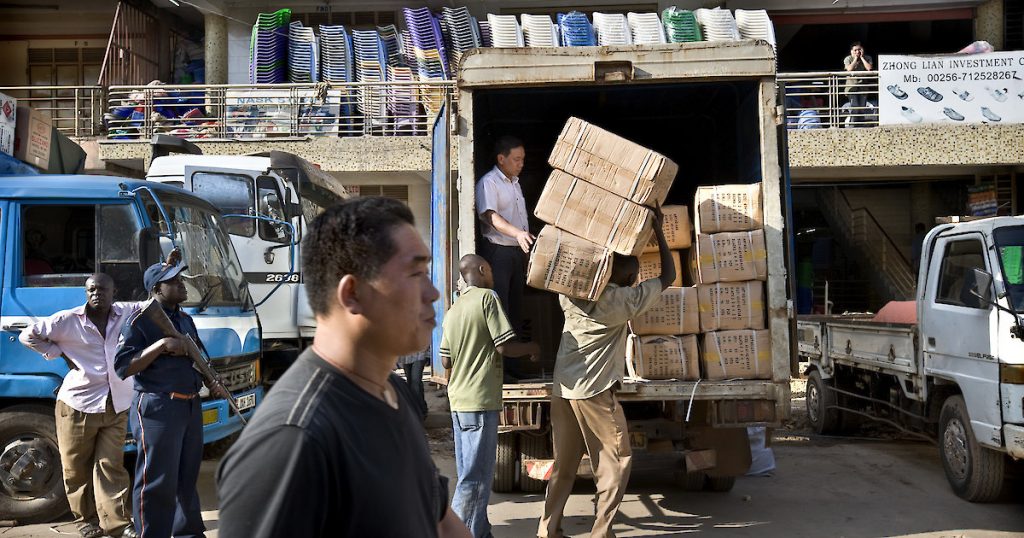This put it mildly. The contracts revealed by AidData are riddled with confidentiality clauses. The lack of central coordination in Beijing contributes to an ambiguous patchwork of lending to the proliferation of Belt and Road projects.
For the Belt and Road Initiative, foreign borrowing was the prerogative of the central government, and today state-owned banks, state-owned enterprises, joint ventures and public-private investment structures dominate. The Chinese government has unleashed this on countries so weak that they can no longer borrow. For this purpose, Chinese bankers have creative financial solutions that do not appear in the accounts of the borrowing government, while they directly or indirectly pay for repayment: the so-called hidden debt.
The main drawback of hidden debt: hardly anyone knows who borrowed what and under what (secret) circumstances. As a result, economists, governments, international lenders and financial regulators are left groping in the dark amid shaky houses of hidden debt cards. Zambia is no exception to the undervaluation of debt owed to Beijing: according to AidData, governments do not disclose an average of 5.8 percent of the GDP of their debt to China.
AidData comprises 38 predominantly African countries that have debts to the Chinese government worth more than 10 percent of their economies. Ten other countries have hidden debts to Chinese banks amounting to more than 10 per cent of their GDP. Countries such as Laos, Angola, Mozambique and now Zambia are at risk of succumbing to a combination of sovereign debt and hidden loans. Either way, the money will have to be paid back one day.


